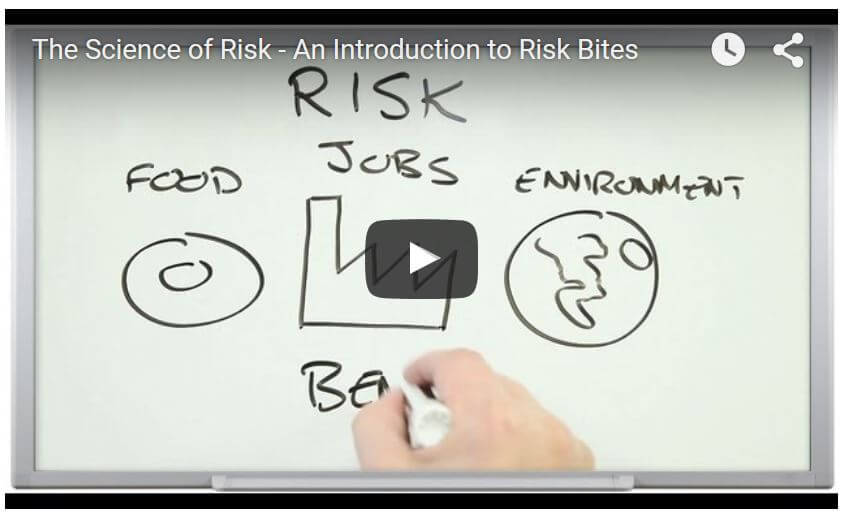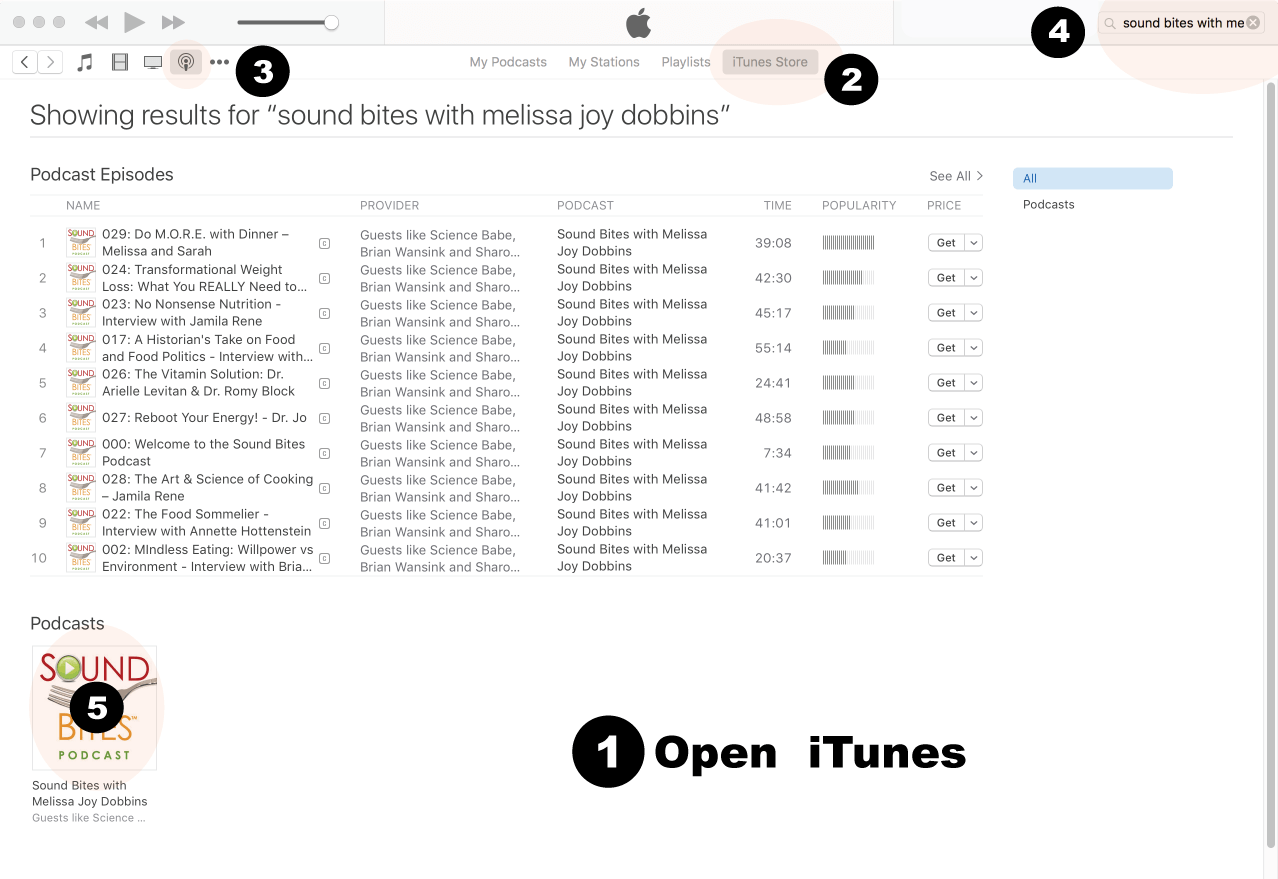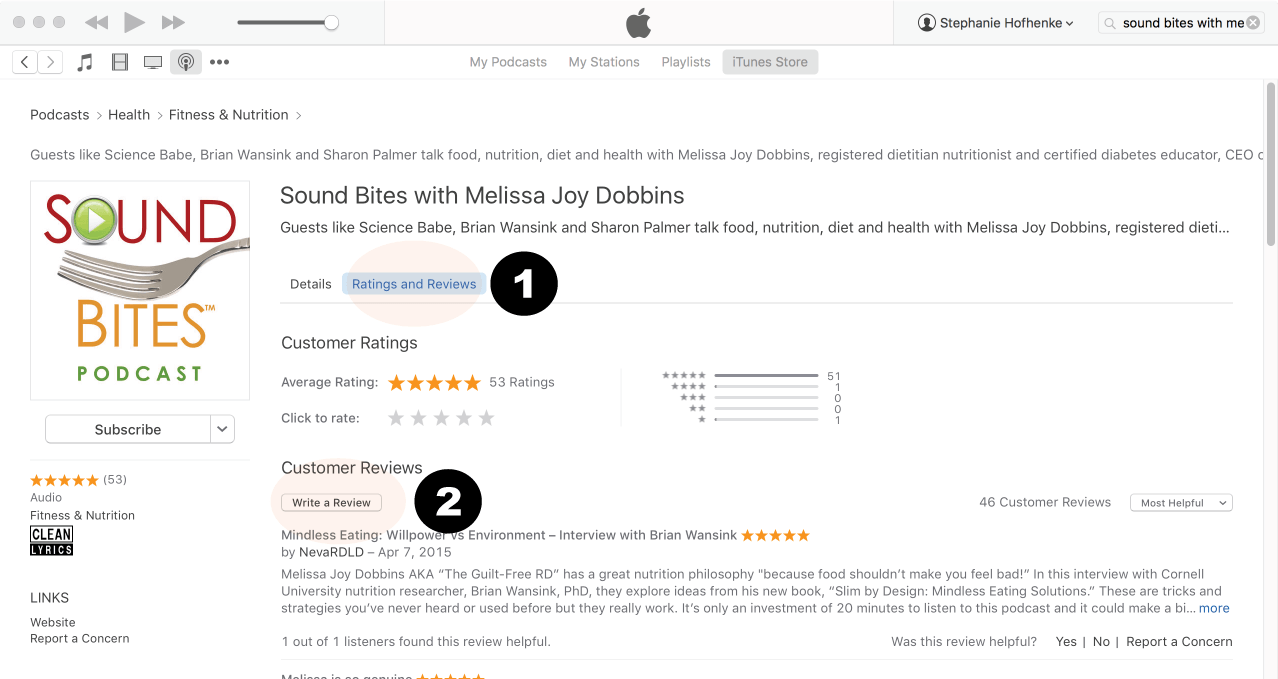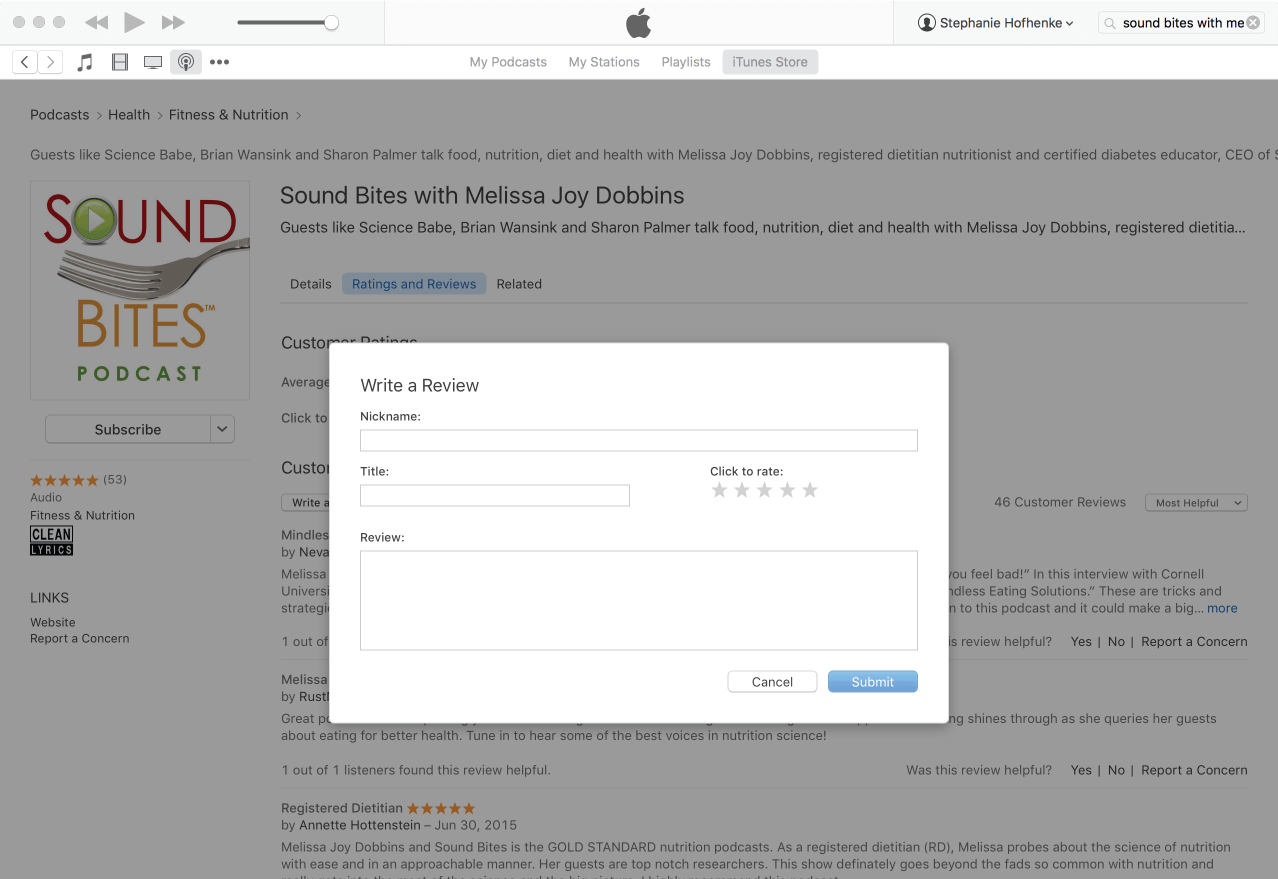Distilling Science into Soundbites: When Headlines Create Confusion
I have a love/hate relationship with headlines about food. I understand the challenges and limitations of distilling the science into soundbites, but it bothers me how often those short snippets get it wrong.
On the bright side, I love my role helping the public sort through the nutrition noise and make their own well-informed nutrition decisions. In light of recent CA Proposition 65 classifications, I’d like to address misguided media reports and take a deeper dive into the difficulties of translating research into recommendations. Let’s take a look at the unintended consequences of scary “carcinogenic” claims without context. And, perhaps most importantly, let’s get self-aware and understand the problems with our perceptions of risk.
1. Just because a headline says it, doesn’t make it so.
It’s nearly impossible to take all the findings from a research study and boil it down into concise, meaningful messages that can be easily communicated to the public. Invariably, some of the details are lost in translation. For example, a commonly misunderstood ingredient is 4-MEI (from caramel coloring). 4-MEI was classified as a “carcinogen” under Prop 65, as a result of an animal study which found that mice fed 4-MEI (in an amount of equivalent to drinking thousands of cans of soda) every day for their lifetimes were more likely to develop lung cancer. These results have not been reproduced in rat studies or in humans. Furthermore, extensive research suggests that 4-MEI from caramel coloring does not pose a safety threat to humans at current levels of consumption. In fact, the FDA has said there’s “no reason to believe that there is any immediate or short-term danger presented by 4-MEI at the levels expected in food from the use of caramel coloring.” It can get even more complicated to interpret when food headlines contradict each other. Check out some of the takeaways from the latest FoodInsight webinar on how to interpret nutrition science in the news.
2. Just because it sounds scary, doesn’t mean you should fear it.
Some media personalities have made headlines with scary sounding accusations about “chemicals” in food. To any scientist, this sounds silly given that all food is made up of chemicals. But research has shown that, for some Americans, “chemicals in food” are a real concern despite not having a cohesive definition for what constitutes a “chemical.” This research also found that “chemicals” can sometimes be a catch-all term for a host of safe, approved ingredients. So be skeptical of media reports that capitalize on confusion around the definition of “chemicals,” rather than providing much needed context.
3. Just because it’s getting attention, doesn’t mean you should let it should outweigh more important concerns.
When it comes to “chemicals in food,” we’ve seen that public perception of risk doesn’t always align with the science. Another important example: despite the fact that risks posed by foodborne illness far outweigh the risks of pesticides in food, consumer concerns are just the opposite.
In a perfect world, nutrition headlines would correspond to the most important takeaways people need in order to make meaningful health decisions. Until that day comes, I suggest you take any sensational nutrition news you hear with a grain of salt. That doesn’t mean you should disregard everything you hear – it means you should include a dose of healthy skepticism, especially if there is a “fear factor”. That is a definite red flag that the information may have been misinterpreted or skewed.
Additional Resources:
- Evaluating Nutrition Science in Media Headlines
- Evaluating Scientific Evidence
- Research Highlights Food Safety Priorities
For more information about me, check out my Guilt-Free RD philosophy here!
To check out other posts on my “Food for Thought” blog, click here.
To listen to my podcast interviews with food and nutrition experts, click here.
Note: I’m pleased to be a consultant to The International Food Information Council, providing blogs and other social media content that shares their resources for health professionals and the public. I believe whole-heartedly in their mission of effectively communicating science-based information on health, nutrition and food safety for the public good.
Thank you for visiting my site! I hope you have a Guilt-Free day!
Melissa















